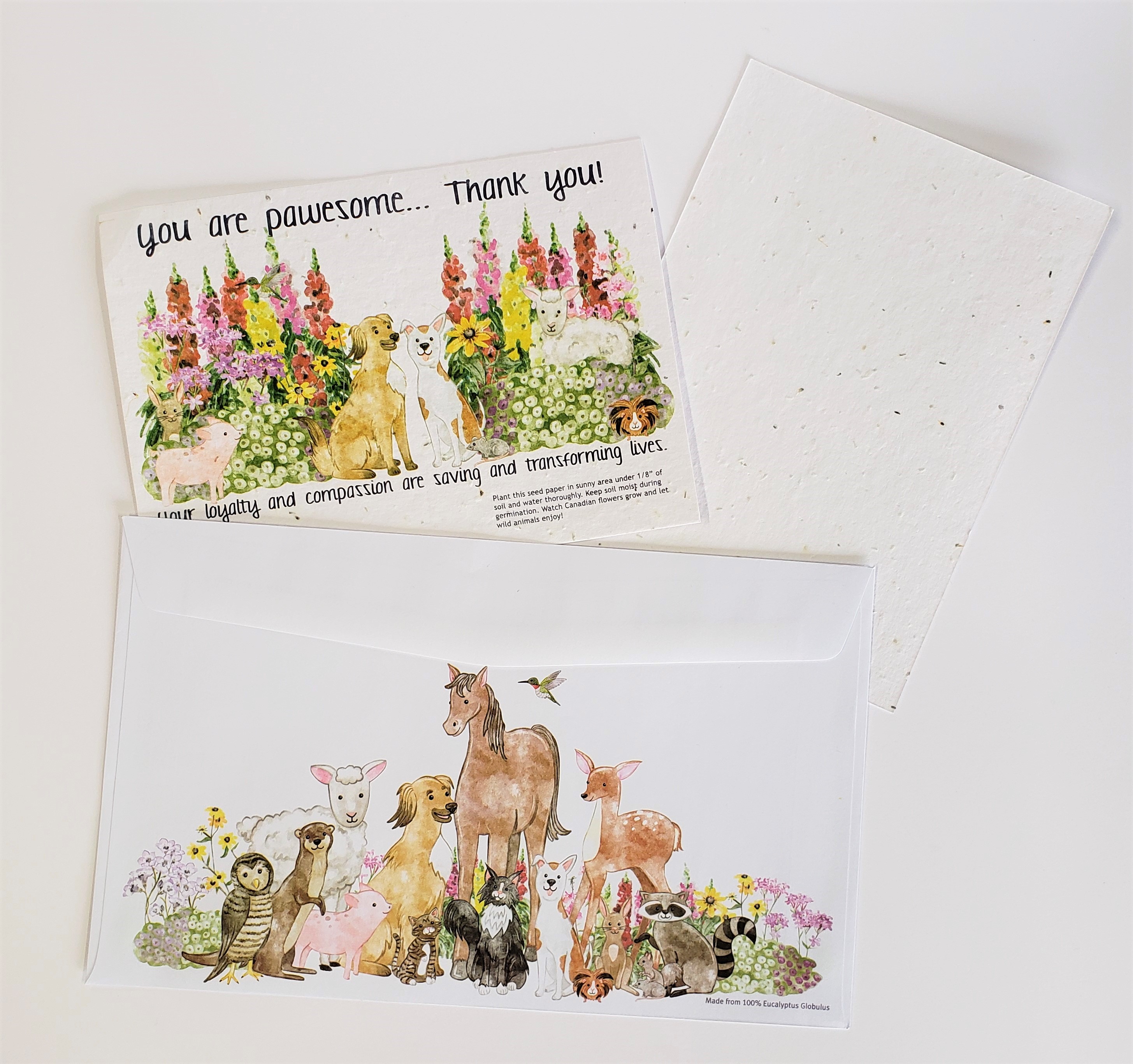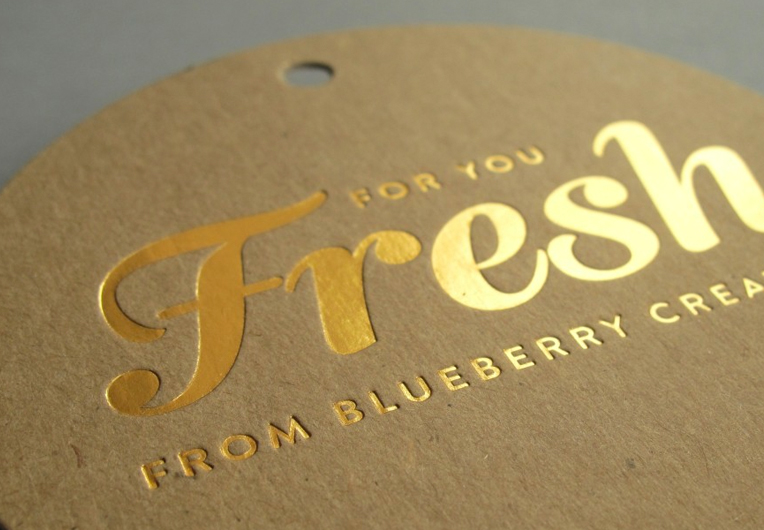Some people rue the old-fashioned days and ways of marketing, and yet, direct mail was once, and still is highly favored for a good reason. Despite popular belief direct mail continues to perform well in comparison to newer digital platforms.
In fact, direct mail continues to work so well as a marketing strategy, that even more modern avenues in digital marketing—such as email newsletters and social media, for example—can have a poorer response rate and/or ROI comparatively, depending on the marketing method and how it was executed.
But before you try to jump on the opportunity to plan a direct mail campaign of any sort, it would be prudent to consider what type of direct mail is best for your brand of business and its needs:
1) Postcards
Nothing captures the attention of customers greater than a colorful, glossy postcard depicting a beautiful vista, a smiling face, or any other appealing choice of artwork. Due to how small but charming a postcard can appear to be, a customer is more likely to read and engage with it in some fashion. Even if said engagement results in it becoming a piece of decoration on someone’s fridge – ultimately, a postcard can be kept around with a chance for the customer to respond to it at a time that is convenient to them.
For example, we recently printed this postcard and custom envelope for new monthly donors to the BC SPCA.
When the BC SPCA came to us about this project, they were looking to replace the gift (a tote bag) that they had been sending out for many years before. After some brainstorming discussions with them and with our team, we suggested sending a postcard made of seed paper, which donors could then plant and have a small plot of flowers. Not only did the BC SPCA love the idea, but we’ve also heard back that their donors do too!
Thanks to this small piece, when new monthly donors to the BC SPCA look at the beautiful flowers grown from their seed paper postcard, they not only are able to reflect on their generosity and kindness to helping animals in need, but they know that they are helping their local pollinators as well. Truly an acknowledgment that all animals matter.
As such, postcards boast a rather high response rate of 4.25% – while also being one of the cheapest options to produce for direct mailing purposes.
2) Self-Mailers
Another inexpensive choice for mail marketing is a leaflet or a brochure otherwise known as a self-mailer in industry jargon. Self-mailers earned their name due to not requiring a ‘container’ of any kind, such as an envelope, instead requiring just the slightest bit of adhesive or tape to keep it folded closed and therefore able to “mail itself”.
Compared to postcards, self-mailers offer a greater amount of white space for graphics and texts to catch a person’s eye while supplying more information about a product, service, or the business.
3) Letters & General Flyers
Truly, the quintessential form of mail itself. Packaged into a neat but enticing envelope, a letter or flyer is the most common format for business and government correspondence. A potential customer is more likely to categorize a letter as important to keep and read due to its semblance, as well as the general mystery of what a letter might be about.
Additionally, letters can include a response form or a coupon that urges the customer to further engage with the letter as a call to action. Both actions of course are measurable and can help you, the business owner, understand your ROI.
4) Dimensional Mailers
A dimensional mailer is a more expensive but intriguing form of direct mail. This type of direct mail entails a piece of mail that can be folded or popped open into a three-dimensional form.
As the general impression of mail is something flat and two-dimensional, the appeal of a dimensional mailer lies in how it creatively defies this convention and becomes interactive, thus endearing and enticing a customer to engage with it, often more than once – leading to a higher response rate of 4%, right after postcards.
5) Catalogs
For businesses that deal with an extensive array of goods and services, a catalog is an ideal format to consider. Essentially a book, a catalog offers the greatest amount of white space to cover various aspects of a business and its products – as well as a greater berth of textual and graphical design for printing. However, as such, a catalog is an expensive and creatively intensive venture to undertake.
To a customer, a catalog provides a convenient opportunity to review your business and its offerings in detail at their leisure, with the expectation that the catalog and by extension, all the information about your business provided in it will remain up to date until the next edition of the catalog is mailed out.
Finding the Right Mail-Out Solution
While there are many more options, these five are the most common.
Depending on your budget, you might consider an all-in-one package that includes multiple types of direct mail, such as a letter with a brochure and catalog. These packages lead to a greater level of responsiveness from new and old customers alike.
However, they can also be more expensive compared to a single type of mail and require more coordination in design and content between the various pieces of mail. If you aren’t sure how to get started, give us a call.
Here at Classic Impressions, we have a long history of designing direct mail packages to align with the ambitions and desires of our many clients. Consult with us today and allow us to get you and your business started on a marketing campaign that suits your branding while hitting milestones!









